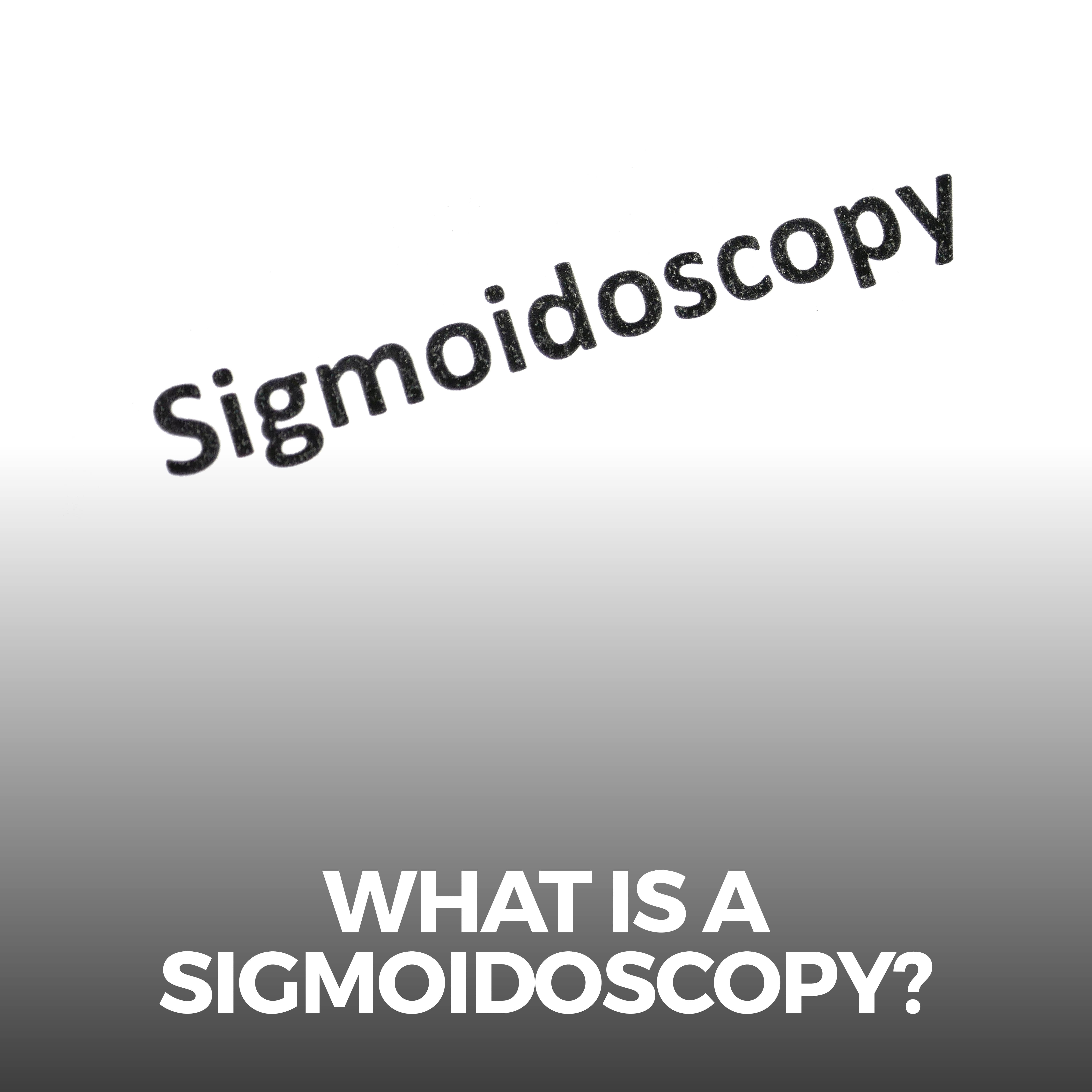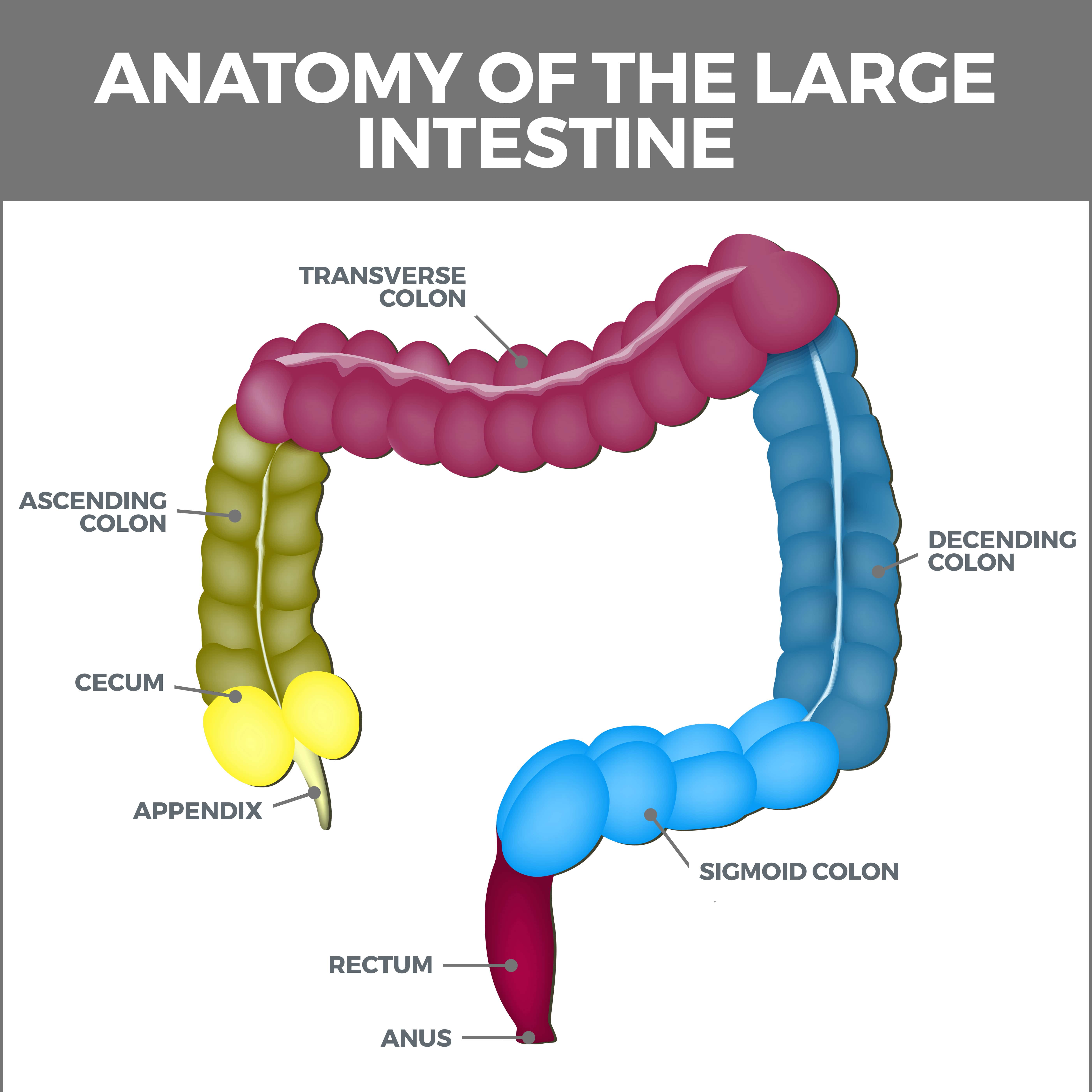
What is Sigmoidoscopy?
If you experience specific symptoms such as abdominal pain, changes in bowel habits, or blood in your stool your doctor may recommend a procedure known as sigmoidoscopy. This procedure allows your gastroenterologist to examine the lower part of your colon (sigmoid) for abnormal conditions.
Sigmoidoscopy, simply put, is a diagnostic procedure performed using a thin, flexible tube called a sigmoidoscope. This device, inserted into the rectum, allows your doctor to view the lining of the sigmoid colon and the rectum. It sounds daunting, but it’s a routine process to identify potential health issues early on.
Reasons for a Sigmoidoscopy
If you’re facing a sigmoidoscopy, feeling a bit anxious is normal. Learning why this procedure is necessary can help reduce your worries. This medical procedure is commonly utilized for several reasons:
- Symptom Assessment: Abdominal pain, rectal bleeding, or changes in bowel habits can indicate various health issues. A sigmoidoscopy allows doctors to investigate these symptoms and help determine their causes.
- Direct Visualization: A sigmoidoscopy gives doctors a direct view of the inner surface of your sigmoid colon. It can identify any irregularities, inflammation, or growths that might be causing discomfort or alterations in your regular bowel movements.
- Precise Diagnosis: By providing a clear view of your sigmoid colon, the procedure helps make a more accurate diagnosis. This could involve identifying anything from minor dietary issues to severe conditions like hemorrhoids, polyps, or colon cancer.
- Guided Treatment: Depending on the findings, a sigmoidoscopy can help determine the next steps in your treatment. It can offer peace of mind if nothing abnormal is found or alert your healthcare team to conditions that need addressing.
- Healthcare Journey: In all cases, a sigmoidoscopy is a crucial step in your healthcare journey. It clarifies your symptoms and helps your doctors plan the best action for your health.
- Routine Screening: One of the main reasons for a sigmoidoscopy is routine screening for colon and rectal cancer, especially for individuals over 50. Early detection is critical when treating these types of cancer effectively. A sigmoidoscopy is a proactive step in ensuring your long-term health.
- Monitoring Existing Conditions: If you have a known condition such as inflammatory bowel disease (IBD), a sigmoidoscopy can be used to assess the state of your illness. This can inform your treatment plan and help your healthcare team closely track your condition, ensuring the most effective management strategies are utilized.
How Common are Sigmoidoscopies?
Sigmoidoscopies are a standard tool in the medical world, commonly used by doctors across the globe for diagnostic purposes. They play a significant role in colorectal cancer screening programs, particularly for individuals over 50 or those at high risk due to personal or family medical history. It’s estimated that millions of these procedures are performed annually worldwide.
The procedure’s prevalence is due in large part to its utility. Sigmoidoscopies are non-invasive, generally safe, and offer immediate insights into the health of the lower part of the colon. They can be conducted in an outpatient setting, which adds to their convenience and accessibility.
Despite the prevalence of the procedure, if you’ve been recommended for a sigmoidoscopy, it’s essential to remember that every individual’s medical journey is unique. What matters most is that the procedure can provide critical insights into your health and help guide your treatment decisions.

How Is a Sigmoidoscopy Different From a Colonoscopy?
Sigmoidoscopy and colonoscopy are both medical procedures employed for colorectal cancer screening. But they differ in the areas of the colon they can inspect. Sigmoidoscopy, being less intrusive, only examines the lower section of your colon. In contrast, colonoscopy provides a comprehensive view of the entire large intestine.
In cases where polyps are discovered during a sigmoidoscopy, a follow-up colonoscopy is generally recommended. This is crucial as the presence of polyps in the lower colon often suggests a likelihood of their existence in other regions as well. By conducting a colonoscopy, your doctor can identify and eliminate these polyps before they potentially evolve into cancer.
What Happens During a Sigmoidoscopy?
The thought of undergoing a sigmoidoscopy might make you feel uneasy, but understanding the steps involved in the procedure can help reduce those feelings. Here’s a more detailed explanation of the sigmoidoscopy process:
- Colon Preparation: Before the procedure, you must prepare your colon to ensure it’s as clean as possible. This step is crucial for allowing the doctor a clear view during the examination. Preparation usually involves making dietary changes a few days before the test, such as following a low-fiber or clear liquid diet. You may also need to take a laxative or use an enema to empty your colon.
- The Procedure: On the day of the sigmoidoscopy, you’ll be asked to lie on your side on an examination table. The doctor will gently insert a flexible instrument called a sigmoidoscope into your rectum. This instrument has a light and a tiny camera at the end that allows the doctor to carefully examine the inside of your rectum and the lower part of your colon.
- Inflation of the Colon: The sigmoidoscope has a tiny tube that inflates your colon with air. This step helps to expand the colon, giving the doctor a better view. During this procedure, feeling some pressure, bloating, or mild cramping is normal.
- Tissue Sampling: If necessary, the doctor may take small tissue samples (biopsies) during the procedure. This is done using special tools passed through the sigmoidoscope. These samples are then sent to a lab for further testing. This could be done to check for cancer cells or to diagnose various conditions.
Though it may seem intimidating, it’s important to remember that sigmoidoscopy is a standard procedure and generally safe. It provides valuable information for your doctor to diagnose or rule out certain conditions. Knowing what to expect during each step can help you feel more prepared and confident as you approach your appointment.
What to Expect Post-Sigmoidoscopy
After the sigmoidoscopy, it’s typical to feel mild discomfort, bloating, or cramping. These sensations are a result of the air that was introduced into your colon during the procedure. You might also be urged to pass gas, which is fine. These feelings are usually temporary and subside within a few hours as the air is gradually expelled from your body.
You’ll be allowed to rest until the effects of any sedative used to wear off. Depending on your feelings, you should be able to eat and drink normally after the procedure. Taking it easy for the rest of the day is recommended, allowing your body to recover.
Your doctor will discuss the preliminary findings with you after the procedure. This could include observations about your colon and rectum condition, polyps, or abnormal areas.
These samples are sent to a lab for further analysis if biopsies were taken during the sigmoidoscopy. The results usually take a few days to a week to come back. Your doctor will schedule a follow-up appointment to discuss these results with you.
Preventing the Need for Sigmoidoscopy
While sigmoidoscopy is often a necessary diagnostic tool for various health conditions, there are general health measures that reduce the likelihood of specific conditions that warrant a sigmoidoscopy. Remember that these strategies are not guaranteed to prevent the need for this procedure, primarily as some causes are related to age or genetics.
- Healthy Diet: Consuming a diet high in fiber from fruits, vegetables, and whole grains and low in fat and red or processed meats may reduce the risk of developing colorectal issues.
- Regular Exercise: Regular physical activity can help maintain a healthy digestive system and reduce the risk of obesity linked to colorectal cancer.
- Regular Check-ups: Routine health check-ups can catch potential issues early before they need more invasive diagnostic procedures.
- Avoid Smoking and Limit Alcohol: Both smoking and excessive alcohol consumption are associated with a higher risk of colorectal cancer.
Contact Us
Remember, it’s crucial to talk with your gastroenterologist about your risk and the best strategies for prevention for you. Please reach out if you have questions or concerns about your gastrointestinal health!
The team of professionals at GastroMD looks forward to working with you. We are one of the leading gastroenterology practices in the Tampa Bay area. We perform a host of diagnostic procedures using state-of-the-art equipment in a friendly, comfortable, and inviting atmosphere where patient care is always a top priority!



